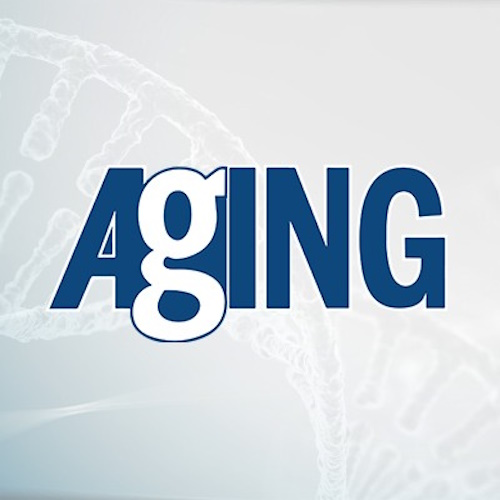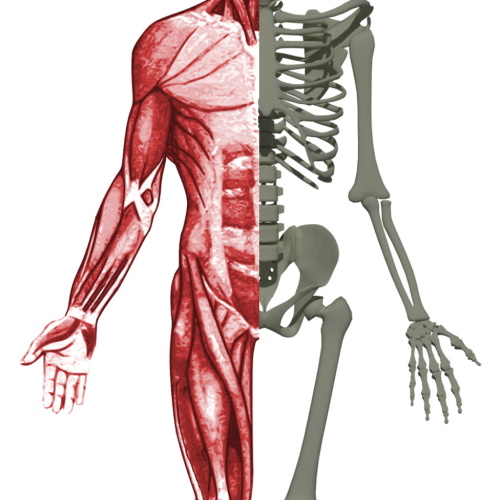Grip strength (GS) can tell us a lot about someone's overall health, especially as they age. It's a simple test that tells us how strong their muscles are, how active they are, how well they're eating, and even if they're at risk of certain health problems.
The weaker someone's grip, the higher their chances of dying young. Scientists want to understand why grip strength weakens as we age and how to stop it. Recent study explores the potential of metabolomics and gut microbiome analysis to uncover non-invasive biomarkers associated with low GS.
Research methodology
Researchers investigated the link between aging, frailty, and the communities of bacteria living in our gut. They collected stool samples and categorized the bacteria based on their genetic similarities. This allowed them to analyze the overall makeup of gut bacteria in different groups, such as young versus old or healthy versus frail. Additionally, they measured the diversity of these bacterial communities and compared them between groups to detect any differences.
Beyond bacteria, the researchers looked at small molecules in blood and stool samples, which can reflect how the body is functioning. They used a technique called LC-MS to identify these molecules and compared them between groups to see if aging and frailty were associated with any specific changes.
By combining analyses of gut bacteria and small molecules, this study aimed to understand how these factors might be interconnected and influence aging and frailty.
Unveiling the Metabolic Landscape of Muscle Strength
- Distinct Serum and Fecal Signatures: The study identifies significant alterations in the levels of both serum and fecal metabolites, particularly those linked to gut microbiota, in older adults with lower HGS. This intriguing finding suggests a metabolic underpinning to muscle strength decline, implying that the metabolomic profile could potentially become a valuable biomarker for assessing muscle strength or risk of sarcopenia.
- Strength Allies: Cinnamic Acid Metabolites: Metabolites like cinnamoylglycine, 4-methoxycinnamic acid, and (e)-345-trimethoxycinnamic acid exhibited a positive correlation with HGS values. This signifies the crucial role of cinnamic acid metabolism in muscle strength, hinting that disruptions in this pathway might contribute to the decline in HGS observed in the elderly.
- Promising Biomarkers for Sarcopenia: The study highlights the potential of specific metabolites, particularly those belonging to the cinnamic acid family and their derivatives, as significant players in muscle strength. Notably, these metabolites were found to be lower in individuals with lower HGS, suggesting their potential importance in muscle physiology and sarcopenia. Cinnamic acids possess a wide range of biological activities, including anti-inflammatory and antioxidant effects, which could hold great promise for promoting muscle health.
- Beyond Cinnamic Acids: The research uncovered shifts in metabolites linked to benzene and fatty acids, in addition to cinnamic acids. This broader metabolic alteration in individuals with diminished muscle strength reinforces the notion that a complex metabolic network orchestrates muscle health.
Paving the Way for Future Research and Interventions
This study lays the groundwork for further identification of biomarkers for muscle strength decline. By deciphering the metabolic foundations of sarcopenia, researchers can pave the way for developing more targeted interventions to prevent or alleviate muscle loss in older adults.
The findings emphasize the potential impact of diet and lifestyle on both metabolomic profiles and, consequently, muscle strength. Future research could investigate how dietary modifications and lifestyle changes influence these metabolites and whether interventions can reverse or slow down muscle strength decline.
The study acknowledges limitations such as the relatively small sample size and the lack of controlled dietary habits among participants. Since diet significantly impacts gut microbiota and metabolite profiles, future studies need to factor in these elements to fully grasp the intricate relationship between diet, metabolites, and muscle strength.
The authors plan to expand the study by increasing the sample size and incorporating various influencing factors, including diet, in future research. This will refine our understanding of how metabolites influence muscle strength and how interventions can be tailored to prevent or slow down sarcopenia.
In conclusion, this study reveals the exciting potential of utilizing microbial metabolites as biomarkers for evaluating muscle strength decline in older adults. By unraveling the metabolic pathways connected to muscle strength, we may be able to develop targeted strategies to prevent sarcopenia, ultimately enhancing the quality of life for the aging population.
Credits
The research was carried out at the The First Affiliated Hospital of Nanjing Medical University. The findings are published in the journal AGING.







